Sippy cups, pacifiers, and baby bottles are some of the most difficult objects for children to leave behind.* There’s also a school of thought that says perhaps parents also have difficulty giving up items such as sippy cups, pacifiers and baby bottles. Weaning a child from an object can be difficult sometimes. We’ll give you some tips on how and why to get rid of the dependence on these items –why it’s good both for you and your child.
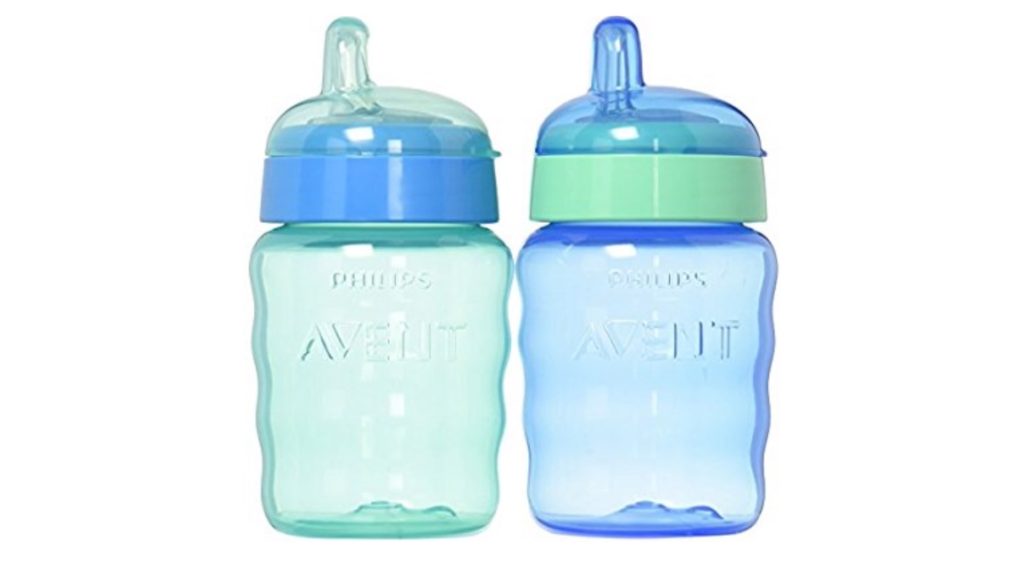 The Sippy Cup. Sippy cups are a wonderful convenience for parents and caregivers. Children can carry sippy cups throughout the house without any spillage. No more spills at the dinner table. No more fears of spills in the car. We often think that the sippy cup is the perfect solution to getting rid of the bottle. The problem with sippy cups, however, is that sippy cups encourage what is referred to as the “tongue thrust”. The tongue thrust can affect speech, and especially for those children who already may be prone to having speech problems (i.e. a developmental delay of some kind). The sippy cup by design encourages children (some children, not all children) to put his/her tongue on the underside of the “spout” of the cup.
The Sippy Cup. Sippy cups are a wonderful convenience for parents and caregivers. Children can carry sippy cups throughout the house without any spillage. No more spills at the dinner table. No more fears of spills in the car. We often think that the sippy cup is the perfect solution to getting rid of the bottle. The problem with sippy cups, however, is that sippy cups encourage what is referred to as the “tongue thrust”. The tongue thrust can affect speech, and especially for those children who already may be prone to having speech problems (i.e. a developmental delay of some kind). The sippy cup by design encourages children (some children, not all children) to put his/her tongue on the underside of the “spout” of the cup.
For children who have a disability or a delay, sippy cups seem like the perfect solution. Because children who are especially are prone to problems with hand-eye coordination, fine and gross motor skills, low muscle tone, holding onto objects among other issues, sippy cups prevent so many unwanted spills. Unfortunately for some children, the sippy cup can actually work to their disadvantage simply because the sippy cup doesn’t encourage children to “exercise” the facial muscles that can improve muscle tone which then aids them in being able to properly eat and drink. Solution? Try a cup with lid and a straw. This may not work so well at first but don’t give up, just wait and try another time. Straw cups help children strengthen those muscles they need in order to progress to better eating, drinking and even clearer speech.
The American Academy of Pediatrics (AAP) website suggests children not continue use of sippy cups past the age of 24 months and that it is a good time to introduce the open cup to most children. Some children have an interest in training/sippy cups as young as 6 months of age. Some are older. Try at different times to gauge the interest with your child. Since the bottle should be completely gone by 12 months, they should be comfortable using a training/sippy cup at that time.
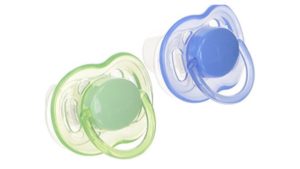 The Pacifier. A must-have for those babies who will accept a pacifier to comfort them. The problem with pacifiers, however, is that – good grief— some parents allow children to use a pacifier far longer than they should. Pacifiers can mess with the alignment of the teeth as well as change the shape of the roof of the mouth, potentially causing problems when baby teeth are coming in, falling out, and permanent teeth are growing in.
The Pacifier. A must-have for those babies who will accept a pacifier to comfort them. The problem with pacifiers, however, is that – good grief— some parents allow children to use a pacifier far longer than they should. Pacifiers can mess with the alignment of the teeth as well as change the shape of the roof of the mouth, potentially causing problems when baby teeth are coming in, falling out, and permanent teeth are growing in.
It must be noted, however, that there is compelling evidence that the use of pacifiers can lower the risk of SIDS in babies. The American Academy of Pediatrics recommends offering babies a pacifier at naptime and bedtime. Do not force it if the child doesn’t want it and do not reinsert it if the child spits it out. Many pediatric dentists feel that by the age of 2 years the child’s pacifier time should be limited and completely phased out by 4 year old at the latest in order to prevent bigger dental issues that could come from using the pacifier too long.
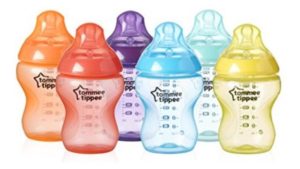 The Bottle. Even for moms who breastfeed, at one time or another, the baby may need to be away from mom and need to take a bottle. The AAP recommends the bottle be eliminated between 12 months of age and absolutely gone by 18 months of age. Also the use of bottles in your child’s crib can significantly increase the chance of tooth decay.
The Bottle. Even for moms who breastfeed, at one time or another, the baby may need to be away from mom and need to take a bottle. The AAP recommends the bottle be eliminated between 12 months of age and absolutely gone by 18 months of age. Also the use of bottles in your child’s crib can significantly increase the chance of tooth decay.
Often slowly switching out what your child needs to phase out of, along with the next phase whether that be a sippy cup, straw cup, etc. Slowly start using the newer cup more and more until the bottle or cup is phased out completely. In the case of a pacifier, if you’re child uses the pacifier more than at sleep time, try to make a substitution for a “comfort object”, like a blanket or a “lovey” during the day. At naptime or bedtime, use the pacifier. Then once that seems to be going smoothly, try only using the pacifier at bedtime, and then slowly phase out the pacifier completely. This method worked in my family, but I also know some people like the “cold turkey” method, or try to encourage the child to hand it over once and for all on their own. I say, whatever gets the job done without trauma or drama is what’s best for you. As always, consulting your pediatrician at a well-child check is never a bad idea. They get asked that question probably more than once or twice a day!
Thankfully we live in the age of wonderful modern conveniences and oh, how they have made our lives easier. The problem is sometimes as parents we don’t get rid of these items when we should, for any number of reasons. While it might be less convenient and difficult to eliminate sippy cups, pacifiers, and baby bottles from our children’s lives, we know it’s for their welfare and helps them move on to the next phase of their childhood. For more detailed and the most updated information and guidelines regarding the use of pacifiers, sippy cups and bottles, be sure to visit the AAP website at www.aap.org
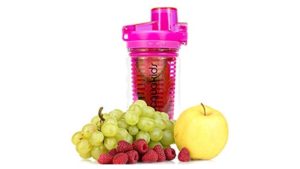 More options now. When this post was originally written there were a lot less options out there than there are now. There are many brands of no-spill straw cups (see below) which may be the best of both worlds — better for kids and no spills. They also have kids’ cups that encourage children to drink more water by having infuser cups (like Mom has, see left) with a wider opening, more like an open cup. These also have locks on them so you can throw it in your purse and not have to worry that it will spill. Those are just a few of the options now available.
More options now. When this post was originally written there were a lot less options out there than there are now. There are many brands of no-spill straw cups (see below) which may be the best of both worlds — better for kids and no spills. They also have kids’ cups that encourage children to drink more water by having infuser cups (like Mom has, see left) with a wider opening, more like an open cup. These also have locks on them so you can throw it in your purse and not have to worry that it will spill. Those are just a few of the options now available.
* This post was originally written in 2005. It was updated in 2016, and again June 2018.
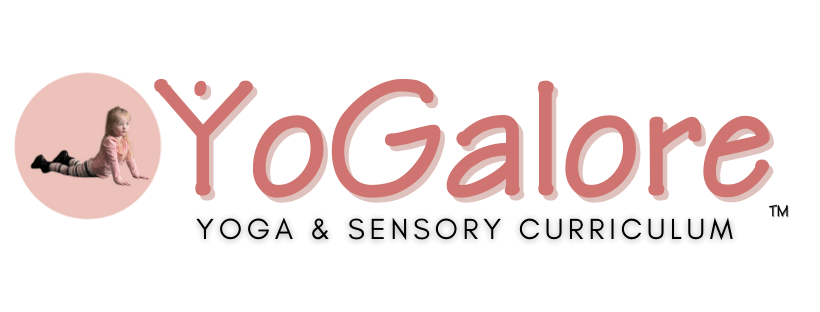
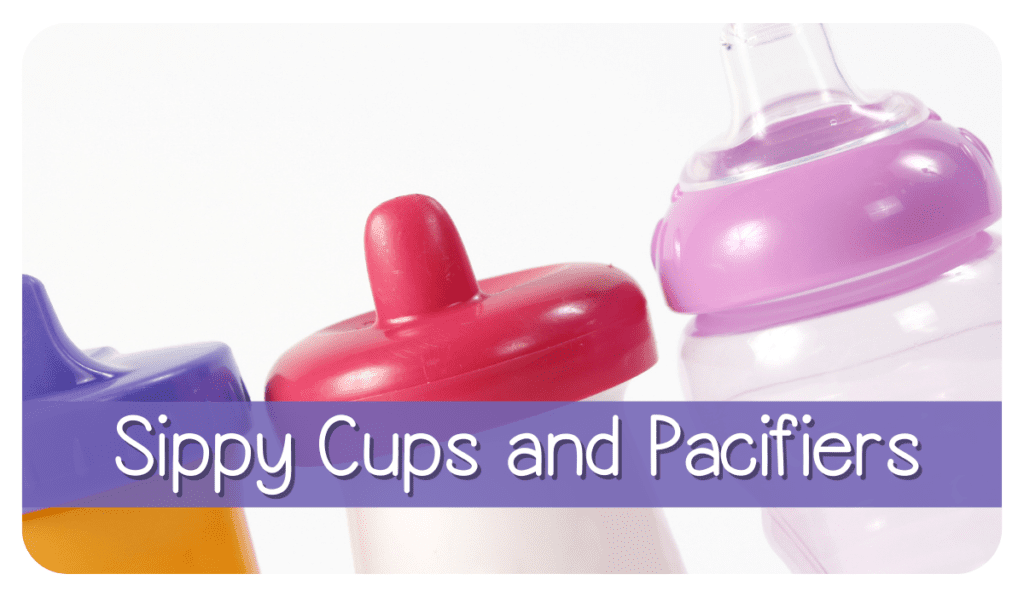
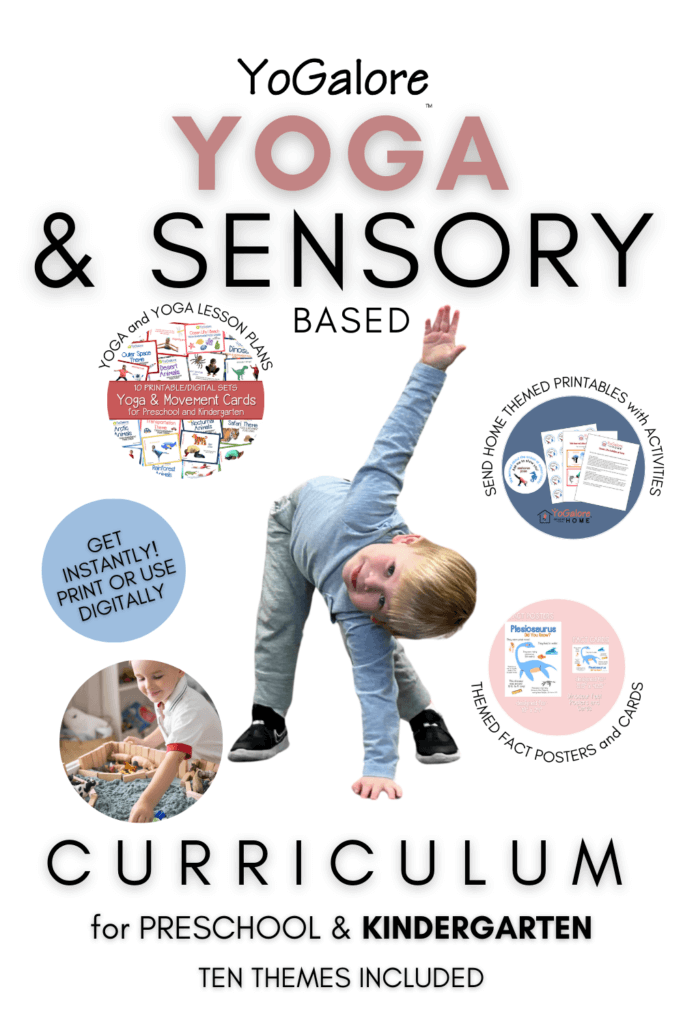
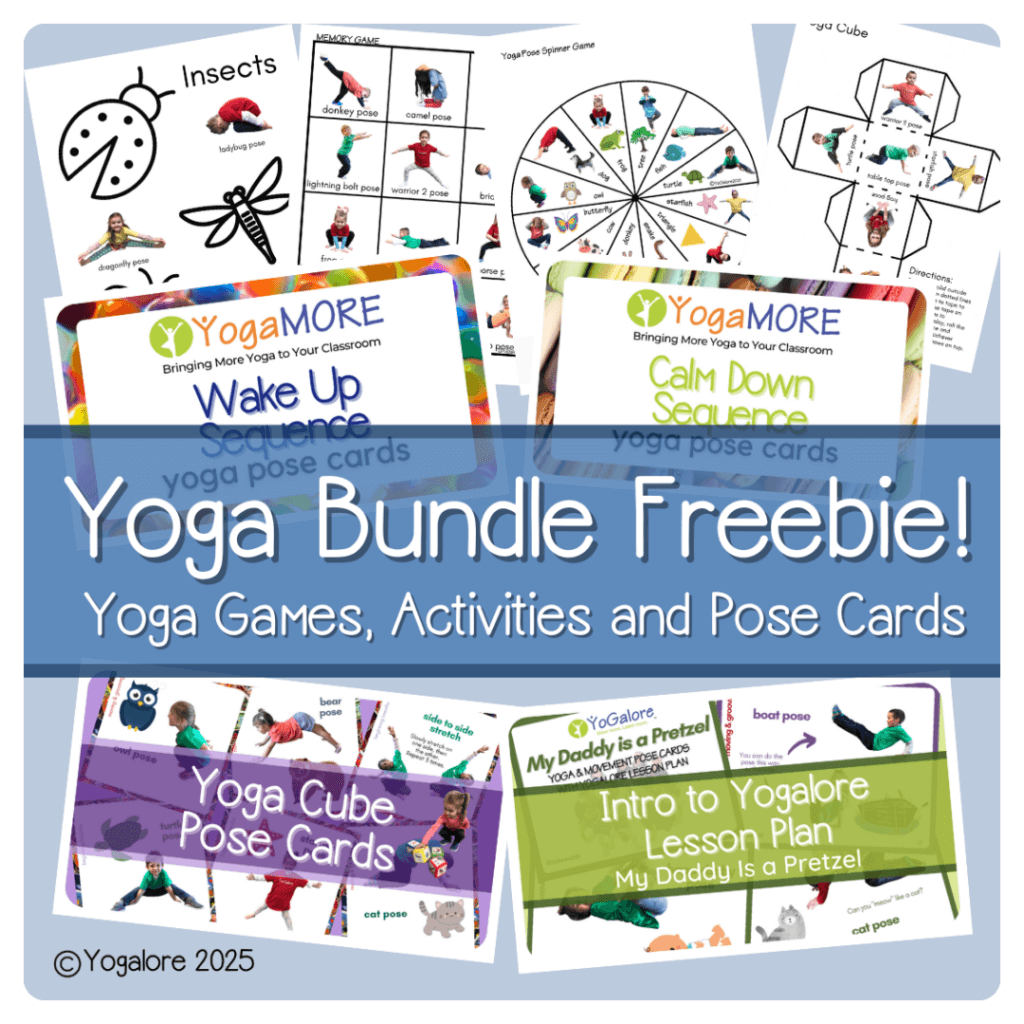

One Response